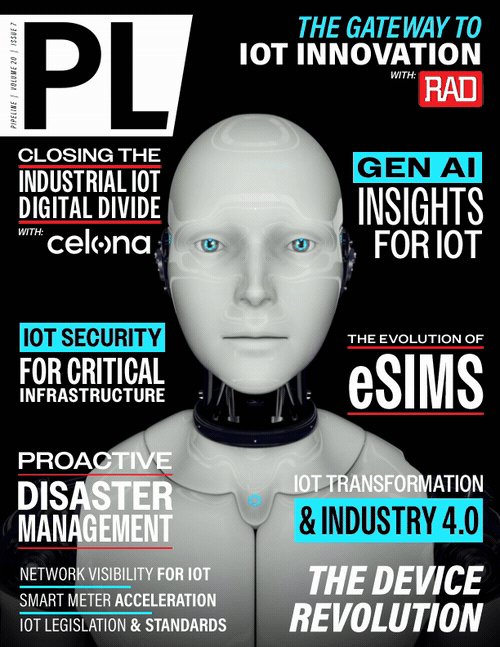GenAI Insights for IoT
Looking Forward
By its nature, it is hard to predict the types of data that will be combined and fed into GenAI systems and the results of such processing. We can, however, speculate. For example, let’s imagine a situation where anonymized data from smart home security, thermostats, smart light bulbs, baby monitors, irrigation systems, wireless electric meters, water meters, smart phones, air quality sensors, weather sensors, autonomous vehicles, ride sharing, public transit, air traffic/airplane sensors, waste water surveillance, garbage collection and processing centers, medical clinics, hospitals, public safety (fire, police, ambulance, etc.) were all available for a particular neighborhood, city, county, state. Then, let's imagine all the data broken up into time sequences were fed into a GenAI system. What kinds of patterns might show up?
While pattern recognition doesn’t necessarily translate into valuable insight. the probabilities are quite high that some of the patterns will turn out to be both interesting and valuable. Valuable where value is measured by its impact on improving the quality of life for people.
What can we imagine for industry? Let’s start with retail. Large retail locations have monitoring for security, HVAC, and other environmental factors. There is a lot of data produced at check out. There is a long history of studies on the relationship of such things as physical layout and colors with consumer behavior. What if all this anonymized data were combined with the neighborhood/city data above? Then, what if that data were combined with anonymized data from Fedex, UPS, the Postal Service, and delivery services? Imagine then that all that data is allocated into time sequences and fed into a GenAI system. What kinds of patterns might show up? Here again, the probability that we would get some surprising and valuable results is quite high.
To that retail information, we can add the multimodal freight information resulting from products getting to distribution centers, then from distribution centers to retail locations or fulfillment centers, producing more valuable results. Similarly, combining factory IoT data with supplier/multimodal transpiration and environmental data will lead to more surprising and valuable insights. The military domain is ripe with similar opportunities. Perhaps the most significant might be data combinations that produce information about the root causes of conflicts and provide ways to preclude those conflicts from happening.
Double Checking
Because of GenAI hallucination possibilities, reported patterns will need to be checked for accuracy and validity. Checking should be done in a number of ways in parallel. Possibilities include: running the same data with a separate GenAI system running on separate hardware, employing statistical methods to check for accuracy and validity, and making test predictions based on the pattern and recording if they happen. It is also important to remember, however, that the appearance of a pattern does not necessarily prove causation. Just because A is observed happening in proximity to B doesn’t mean that A causes B. For example, there always could be a C that causes both A and B.
Ownership?
The foregoing speculations beg a number of other significant, underlying questions regarding the future employment of GenAI to derive insights from IoT-generated data. Who, for example, will be responsible for gathering the data? Who will anonymize the data? Who will manage the data through the GenAI systems and test the identified patterns? Who will own the intellectual property created? Who will be responsible for articulating the process to produce the best results for society? And what about liability?
Stage 3 for GenAI?
In summary, the use of GenAI to analyze and discern patterns in the plethora of data that IoT systems are increasingly generating is likely to produce novel, surprising, and potentially valuable information, although there are significant open questions as to how this can be done to produce the best results for society. Even so, the development of this kind of information could be one of the new, Stage 3 paradigm applications of GenAI.



















